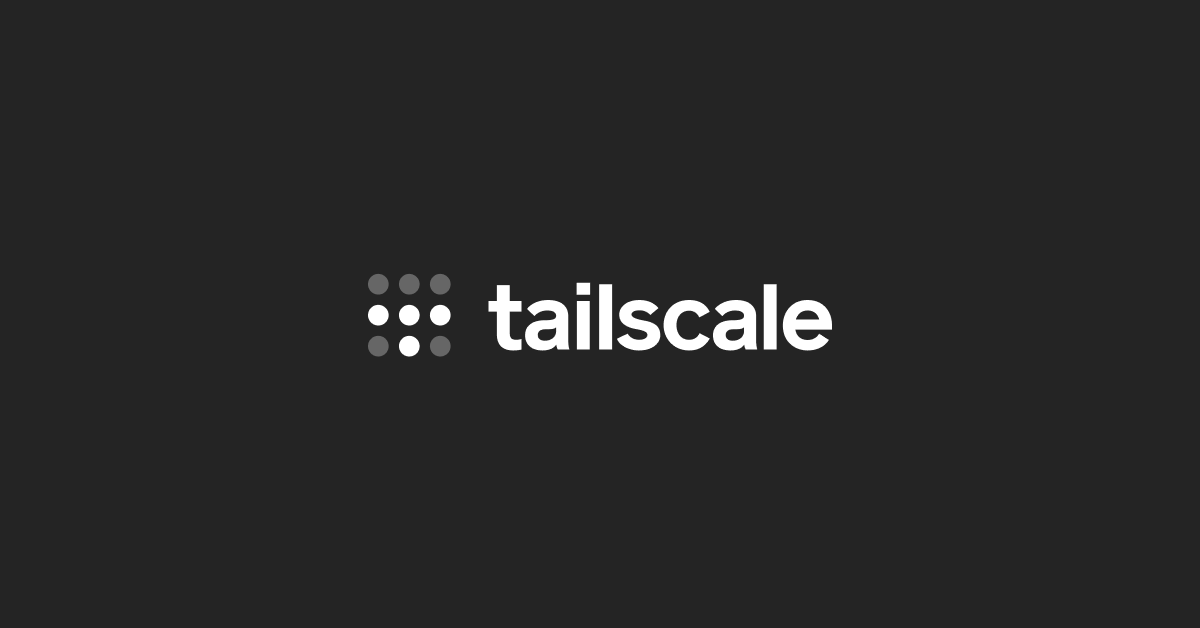JeffCharger
Getting the hang of it
- Joined
- Jul 9, 2015
- Messages
- 86
- Reaction score
- 48
Our area is moving to a fiber solution for internet. I was assisting my brother with his installation and we've run into a problem with remote access to cameras.
The problem seems to be due to the ISP is using CGNAT where you don't have a routable IP address (even with a DDNS provider).
Questions:
1) does running Zerotier resolve this? (I am currently doing this, so my implementation would work when I convert to the fiber solution next week)
2) my brother does not run Zerotier, are there other solutions to getting remove access with CGNAT? (e.g. OpenVPN, or others?)
Thanks for some help!
The problem seems to be due to the ISP is using CGNAT where you don't have a routable IP address (even with a DDNS provider).
Questions:
1) does running Zerotier resolve this? (I am currently doing this, so my implementation would work when I convert to the fiber solution next week)
2) my brother does not run Zerotier, are there other solutions to getting remove access with CGNAT? (e.g. OpenVPN, or others?)
Thanks for some help!

